GMO Foods: Everything You Need to Know
Today It’s all about GMO Foods: Everything You Need To Know. I have had numerous conversations with people about GMO foods. Those who are for it say that technology is the only way to feed an overpopulated world, whereas those against it say we are tampering with nature.
Who is right? My goal today is not to steer you in any direction, but to educate you on what GMO is, how it affects our food, and allow you to come to your own conclusions about GMO.
What is GMO?
GMO stands for a genetically modified organism. A genetically modified organism is any organism whose genetic material has been modified using genetic engineering techniques.
In layman’s terms, it is modifying an organism in a way that does not occur naturally.
We have been genetically enhancing other organisms for thousands of years through selective breeding. This is how we have sweet corn and seedless watermelons, purebred dogs, and prize-winning rose bushes.
However, GMOs are a type of genetic enhancement that goes a step beyond selective breeding.
Technology allows us to transfer genes between different organisms! An example of this would be the tomato plant’s beetle resistance. It didn’t have this resistance in a natural setting.
Scientists genetically modified the tomato plant’s genome by inserting a gene from a bacterium that encodes a protein that is poisonous to certain types of insects, including the beetle.
How is it Done
Have you ever used the copy and paste feature on your computer? Well, gene transfer technology is a sophisticated version of copy and paste, only for organisms.
Once the desired gene is identified in an organism’s genome, it can be cut out and transferred to the desired plant and pasted into its genome.
Once the gene is introduced to the target plant, the plant can then be bred to create a new strain where that gene is passed from generation to generation.
Should We Eat GMO Foods
As I stated earlier, my goal is not to steer you in one direction or the other. Instead, I will give you information on the benefits and concerns of eating GMO foods. You can weigh those benefits and risks and decide on your own.
It is not possible to prove that GMO foods are safe, but there is currently no hazard that has been shown to exist, as of yet. With that being said, here are some health concerns and benefits.
Health Concerns of GMOs
According to studies done by the National Center for Biotechnology Information, they may cause toxic effects such as:
- Hepatic problems
- Pancreatic concerns
- Renal failure
- Reproductive issues
- Alters hematological, biochemical, and immunologic parameters
- Less nutritious foods
Additionally, GH (Growth Hormone) is shown to increase IGF-1 which promotes cancer. These studies have only been done with animals and not on humans.
With these issues, others are even more concerned about cross-contamination! This is where genes from the genetically modified plant or animal move to a plant or animal that has not been genetically engineered.
Benefits of GMOs
As there are concerns, there are benefits that scientists are focussing on. These benefits include:
- Plants will require fewer environmental resources.
- Disease and drought will not affect our food supply to the same extremes.
- The use of pesticides will decrease.
- We will have an increased food supply with a longer shelf life.
- Faster growing plants and animals.
- Food with desirable traits.
- Medicinal foods can be used to save lives.
In essence, we have a lack of food problem, scientists are trying to fix it, and we are getting genetically modified foods that will prevent us from starving, but could wreak havoc on our bodies.
What Foods are GMO?
Do you think there are GMOs lurking in your pantry? The truth is, they probably are. Without any clear labeling, GMO foods are hard to avoid.
There are many GMO crops that have been approved in the United States. From apples and potatoes to salmon, there is a long list of FDA approved GMO crops or meat products.
In fact, new ones are released every year. Although you can find GMO foods in fresh food, you are more likely to find them in processed food.
GMOs hide in the ingredient list of processed food. Because 93% of corn and 94% of soybean acres in the U.S. are GMO, they sneak into a lot of our processed foods.
Additionally, they hide in additives such as corn starch, cornmeal, corn syrup, glucose, dextrose, canola oil, cottonseed oil, soy oil, soy flour, soy lecithin, and protein extracts. Even livestock feed is usually made from GMO crops.
Top 10 GMO Foods
Below, I will give you a list of the top 10 genetically modified foods. This list does not include all GMO foods, but the majority of them.
- Soy: 90% of soybeans on the market have been genetically modified.
- Corn: Half of the corn sold is GMO.
- Canola Oil: It is one of the most chemically altered oils sold in the U.S.
- Cotton: Cotton oil is a higher risk for our personal health.
- Milk: 1/5th of the dairy cows in the U.S. are given growth hormones.
- Sugar: Genetically modified sugar beets were introduced in 2009.
- Aspartame: Completely artificial and used instead of sugar.
- Zucchini: Contains toxic protein to make it resistant to insects.
- Yellow squash: It has also been modified with the toxic protein to make it insect resistant.
- Papaya: Genetically modified papaya trees have been grown in Hawaii since 1999.
How to Stay Away from GMO Foods
If you feel that genetically modified foods are not safe, you can do your best to stay away from them.
Buy Organic
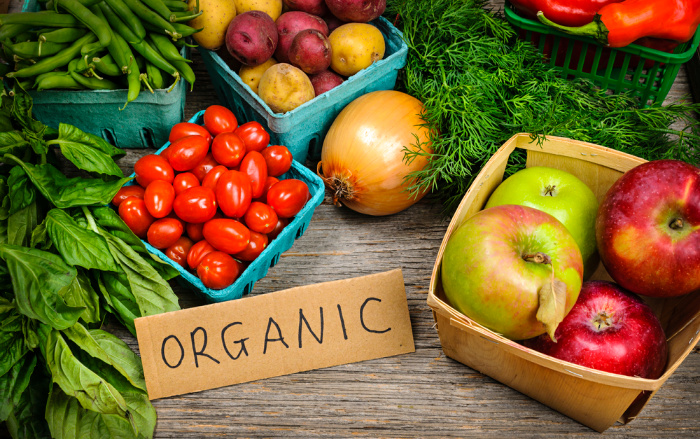
If you don’t want to be eating genetically modified foods, your best bet is to stay away from them by eating only organic food. The organic label is a federal standard of how food is produced. It means the product can contain absolutely NO GMO ingredients.
Not only is organic a federal standard for no GMO for crops, but this is also the standard for meat. When you buy organic meat, the animals can only eat organically grown feed.
In addition to not having GMOs, organic foods come with other benefits. They cannot be grown with synthetic chemicals or treated with irradiation.
This means organic is truly an all-natural food free from chemicals, additives, or genetically modified plants.
Look for the Non-GMO Label
You may have seen a label for non-GMO. Although it says non-GMO, these foods can pass with this label if they have less than .09% genetically modified ingredients. This means that even with this label, the food can still be genetically modified.
Grow Your Own
The absolute best way to stay away from GMOs is to grow your own food! Here are some posts on how to grow things yourself:
- Tips for Growing Sweet Tomatoes
- Everything You Should Know About Growing Onions
- What to Know about Growing Asparagus
- Growing Rosemary: Everything You Need to Know
- How to Prepare Gardens for Spring Planting
- Potatoes: How to Plant, Grow, and Harvest
- How to Plant Garlic
Additionally, check out our “What to Plant….” posts to find information on what to plant each month in each climate zone.
Everything You Need to Know Series:
- Cucumbers: Everything You Need to Know
- Kale: Everything You Need to Know
- Broccoli: Everything You Need to Know
- Mushrooms: Everything You Need to Know
- Lettuce: Everything You Need to Know
- Carrots: Everything You Need to Know
- Tomatoes: Everything You Need to Know
- Potatoes: Everything You Need to Know
Final Word
Because there haven’t been human trials on the effects of GMOs, we really don’t know what they can or cannot do to our bodies. The question that remains is “Do we starve or do we genetically modify our food?”
Some people steer clear of GMOs where others welcome them as a new and better alternative. Only time will tell if these foods are better or worse.
What are your thoughts on GMO foods? Do you think we should be tampering with nature? Share your opinions in the comments below! May God bless this world, Linda

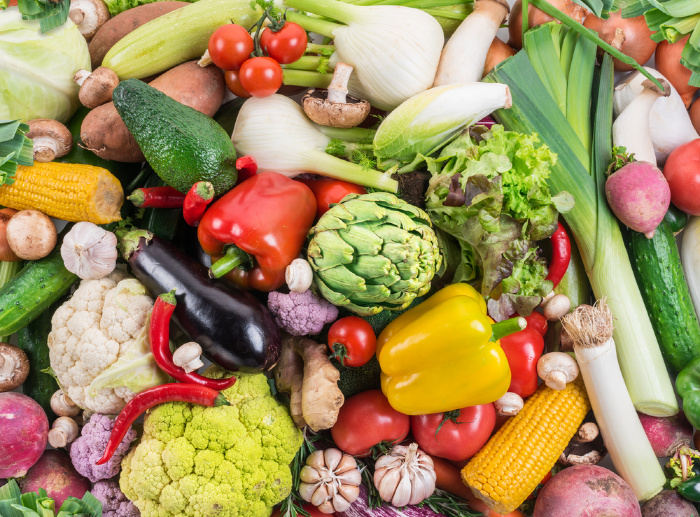

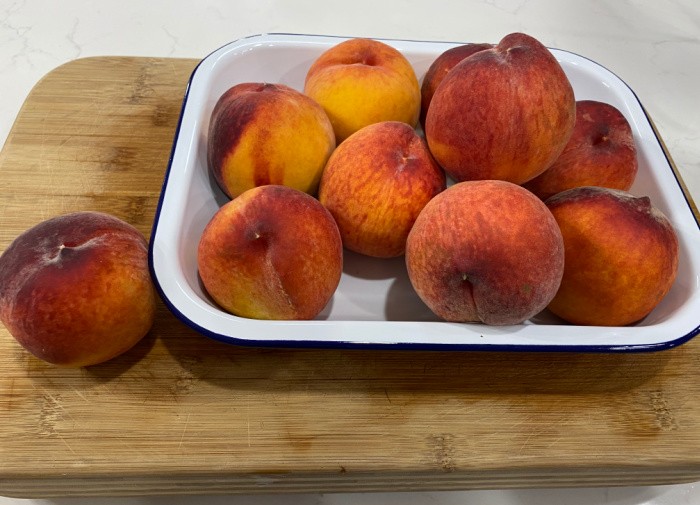

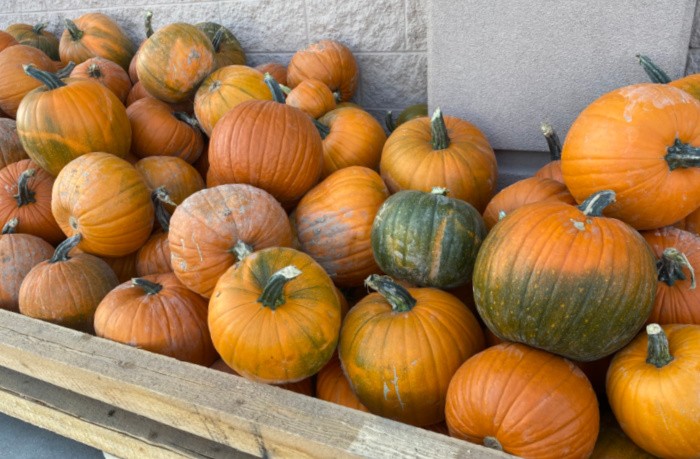
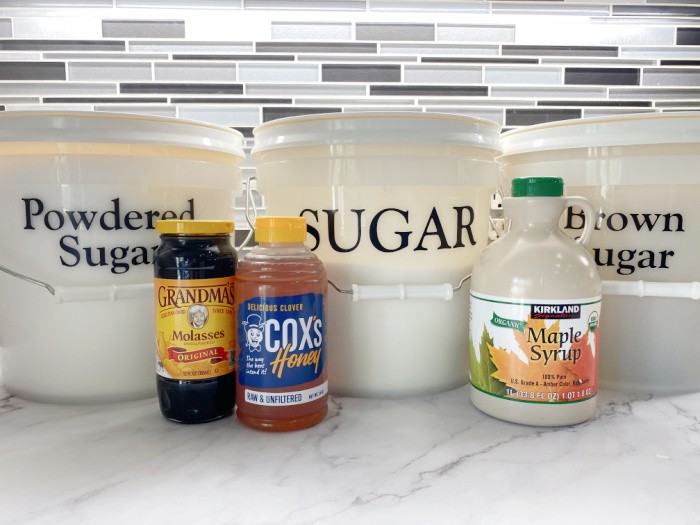
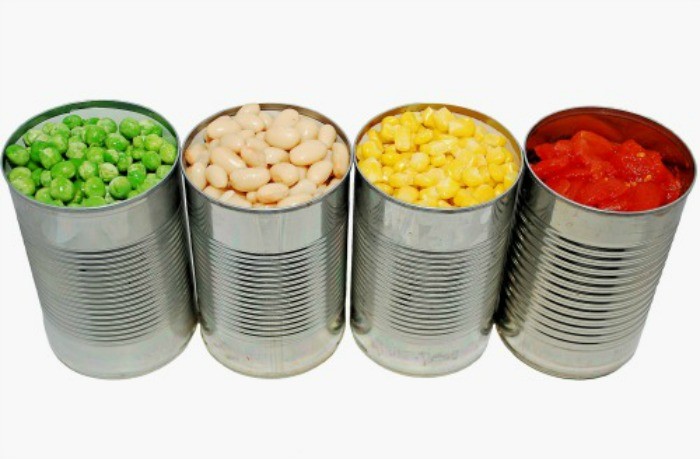
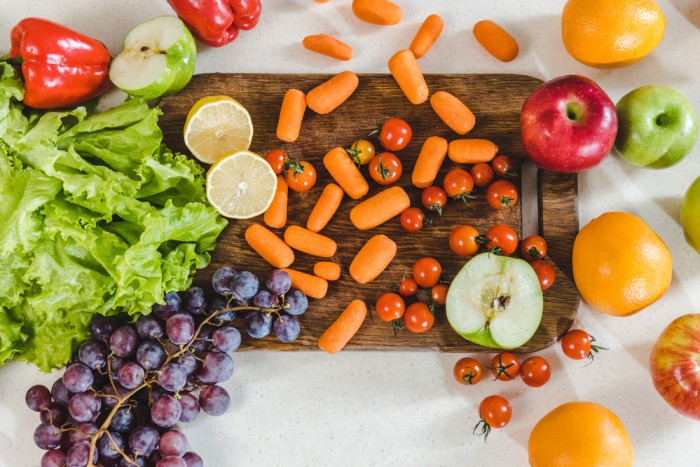














I’m all for choices, as long as they are legitimate choices. My wife and I are vegan and she is always looking at new meals to prepare from scratch. We buy organic produce whenever possible. We’ll have a discussion about the GMO products thanks to the information in your article. It hasn’t been a focus up to this point, but the percentages of GMOs in soy and corn have me concerned. Thanks for writing it.
Hi Eugene, I admire you for being vegan. About 75% of my family is vegan. Here’s to health in 2020! Linda
Thank you for the information.
I personally see gmo foods as a great hazard to the health of humans. To me, genetically enhancing is wayyy different than genetically modifying with harmful chemicals that could cause:
Hepatic problems
Pancreatic concerns
Renal failure
Reproductive issues
Alters hematological, biochemical, and immunologic parameters
Less nutritious foods
Theses are serious health problems that I would not want wish on any human just so chemical companies can become richer and take more control of our food supplies with their harmful, even deadly, hampering.
Hi Janet, you and I totally agree with stuff like this, by now you know me well enough. We must grow our own food. I wish I had a Farmers Market near my city!! We are what we eat for sure. Happy New Year girlfriend, Linda
i Linda
Hope you and your family had a wonderful Christmas and I wish you all the best in this new year. With that being said, I really don’t like eating GMO foods. However, I do not trust foods that are labeled “Organic” either mainly because I do not know if those foods were actually grown that way, or if they just have a label on them saying they are organic. Plus, the price for the supposedly grown organic foods are far higher than the regular foods and that is something I truly do not understand and because of that, and the extremely tight fixed income I have, I can’t afford to purchase those products. I eat Low Carb which means I eat a lot of fresh above ground veggies, few below ground veggies, some high fat meat and some fruit. I eat no processed foods and I make my own bread with Almond or Coconut flour. I have about $150 a month to spend on food, so I’m forced to eat GMO foods. I would love to grown my own veggies, but like you, I live in the mountains (only in Colo.), at an altitude that is too cold to grow anything unless I have a greenhouse. I feel the price of Organic should be the same, or maybe even lower, than what is sold today. Until those prices go down, I’m stuck with GMO foods. I would purchase from our local Farmers Market, but their prices are even higher and many of the vendors are from out of state, not local, and commercially grow the veggies they sell. Now that I have a vehicle, I’m going to check one more time to see if I can find someone who is actually a local farmer trying to add a little income to their lives to help support. Again, sorry I’ve been so long winded.
Hi Pam, you are never long-winded to me. I love reading your comments! You know it’s interesting we are all eating some GMO food in one way or another. I saw something on TV once that said we needed to be careful with food labeled Organic. Of course, there is a lot of really good organic food out there. BUT it has to be labeled a certain way. That being said there are items that are coming from other countries that state they are organic but they may not have the standard we in the US have. I’m with you on the price of organic. I will be honest I try to buy as much organic food as I can. I grow a lot of food in my garden so that helps. I read a lot about eating vegetables. Fresh or frozen and homegrown are the best. You and I watch sales so that helps. But here is my thought we can try and push the stores to buy more organic (real organic) and it may force the prices down. But until they drop considerably I will buy all vegetables whether organic or not. Sometimes the prices are comparable but most of the time they cost more. I get it. We can only do what we can do, my friend. Keep up the good work. Happy New Year, girlfriend! Linda
The main reason Organic foods are so much more expensive is the cost of getting certifications. My nephew has an organic seed farm and it costs him thousands of $$ yearly to have his land tested and certified organic. He has to pass that cost on to the consumer. I know it is sad to say. The reason for yearly testing is to insure that his land is still pesticide free. Pesticides can come from other area farms via air. So he has to be very careful and has to be in constant contact with other local farmers about when they are spraying. He says it is a nightmare sometimes.
I am also on a fixed income so I know where you are coming from on purchasing organic. I also live in an apartment with a tiny deck that gets a little sun (but not enough) and I do try to grow some salad veggies there – not always successful!
Hi Leanne, I saw a documentary on organic food, it’s hard work and very expensive. Congrats to your nephew doing his part! Linda
Linda – My nephew not only has the organic seed farm but also works for the state to inspect organic farms for certification.
Oh Leanne, I love hearing this!! Oh my gosh!!! Linda
Thanks Leanne, that is great info to know. At least it does explain as to why the pricing is higher. I really do appreciate you letting us know. I live in an 8×24 5th wheel trailer. Not room inside to grown indoors, but in thinking about outside, I may have come up with a greenhouse solution that won’t cost much. Cross your fingers, lol.
Pam – I live in a small apartment with just a small balcony that does get a bit of sunshine. Last year I was not successful growing anything except herbs! This year I am going to try again, however. I did try Grow Boxes but did not have good success with them. Will try them again this year!
Something I did in the past when I had more outdoor space was to get a sheet of plastic (I think it was to cover a floor or furniture to protect from paint splatters) and some sticks. I was able to grow things in pots using the sticks to prop up the plastic. It made sort of a greenhouse effect. I was moderately successful with that.
I also saw a technique using 2 plastic bins filled with soil – leave one bin intact and the second bin you drill some holes in it for drainage. Put the holey one in the intact bin and fill the holey one with soil. Plant your lettuce, carrots, potatoes or what you desire to grow. Bins are fairly inexpensive and you don’t have to have real heavy duty ones to do this. I was thinking of doing this for potatoes this year but will have to see if I can manage as I am having shoulder surgery on the 7th!
Hi Leanne, thanks for sharing your experience. Linda
Great comment Pam and Leanne, Linda
Hi, Pam, you might want to see if there’s a farm that runs a CSA near you (try localharvest.org/csa). The general idea is that you pay for the season’s vegetables (sometimes other farm products too) up front, then get a box of whatever’s in season every week or two. Some farms provide cooking/recipe info for less familiar veggies. Some ask that members volunteer a little. (And the very first CSA was in my town!)
And yes, you are right about some foods labeled “organic” actually being “fauxganic!” Usually it’s the Big Food corporations who have realized it’s the “in” thing that they want to cash in on–but they cheat. And don’t *ever* trust the organic label on something imported from Red China–or any other food from there…
Don’t give up on the idea of raising something where you are, though, even w/o a greenhouse. Lettuces, broccoli, cabbage, spinach, carrots–they all do nicely in cool temps and short seasons. I got a great book recently–Peter Burke’s “Year-Round Indoor Salad Gardening”–haven’t had a chance to start it up myself yet, but it looks easy and not too expensive!
HI Rhonda, great comment! I love hearing about CSA! Thanks for sharing, Linda
Hi Rhonda, Thanks, that’s a great idea and I will definitely check it out. I live at 9,000 ft, but I think I’ve come up with a solution that may allow me to grow a few things, broccoli, spinach, radishes, and maybe even cauliflower. Those are the main veggies I eat. Although, I’d love to have a garden like my mom used to grow with okra, tomatoes (I’ve tried them and they just do not produce) , summer squash, etc. I don’t have the room to grow anything indoors, I live in an 8×24 5th wheel. But, I do believe I’m going to give it the ole college try this summer. Thanks, again, for your suggestions.
Hi Linda, thanks for understanding my long winded comments. It tends to happen when I’m passionate about something. Since eating healthier, I’ve been very picky about the things I eat and also what I feed my dog, and if you remember, I do make my own dog food. I do tend to buy more frozen vegies and fruit because I know it’s far healthier than the regular, unless I find someone with a garden where I can pick my own, which isn’t often. So, I do what I can, when I can. Because I have such a low income, I qualify for one of our local food pantries. Let me tell you, I give a lot away to others around me because they tend to fill up the boxes with items for the SAD (Standard American Diet) which I quit eating about three years ago because it’s so unhealthy. Unfortunately, it doesn’t leave me with a whole lot I can use, but I feel even that helps me food wise. Even with going to the pantry twice a month, I come close to running out of food about two weeks before I get my SNAP for the month. Not easy to buy enough food for a month on only $150, but somehow I manage. I don’t buy junk food of any kind. Everything I get is good nutritional food I cook from scratch. No boxes or prepared meals for me. Yes, some of the items I buy is more expensive, like the flours I use, but it is far healthier than regular. I’ve just learned a whole new way of cooking. Do I miss “real” bread? Heck yes, but I’ve adapted and because I have, I can no longer tolerate regular bread, at least like I used to. So, enjoy your day, girlfriend. It’s actually a nice, somewhat warm day here in Colo.
Hi Pam, we both know how to make it work on limited funds. We have been blessed to live on less. Hug, Linda
For more information on GMOs–
Altered Genes, Twisted Truth, by Steven M. Druker
The GMO Deception, ed. Sheldon Krimsky and Jeremy Gruber
Genetic Roulette, by Jeffrey M. Smith
Do remember that the primary reason for development of GMOs is to tolerate pesticides/herbicides–so eating GMOs practically guarantees also eating increased amounts of pesticides. And to date, no genetic modification (in the GMO sense) has resulted in better toleration of drought, less environmental impact, or better nutrition (no, not even the golden rice–much better vitamin A in leafy greens!) My take on it is this–if GMOs were as wonderful as Big Ag and Big Food would have us believe, then they would be proud to label GMOs instead of hiding it every way they can!
HI Rhonda, thank you for sharing this. This is what I hear when I watch documentaries and read books on GMO. Thank you, Linda
I agree. I have seen an article that shows organic grown food surpassed GMO production, so I really don’t think GMO’s can help with feeding an overpopulated world. We already produce too much food, but much is wasted. I don’t think we have a problem producing food, but there is a problem getting food where it needs to go and the expense is a factor as well. Most conventional farmers would rather toss excess because it would cost them more money to get it to the people. Also, in my opinion, the world is not overpopulated. There are areas, but as a whole, I don’t think it is. Big companies like Monsanto had been getting rid of local smaller farms by growing GMOs and when the GMO crops would cross contaminate the smaller farms produce, they would sue the small farmer and make him go out of business. I really don’t like bit companies because most of them are corrupt like that.
Hi Dee, I totally agree with you. It really is sad. I have watched a lot of Netflix documentaries and it opened my eyes big time. I’m getting too old to have a full-fledged farm and the cost would be out of my reach. So I have a small yard and grow what I can. Great comment. Linda
All these labels and variations (Vegan versus vegetarian, organic, certified, etc.,) can be confusing since apparently corporations and the government can skew the meanings. They need to be reviewed and clarified for the consumer and it’s up to us to look into how things are being done and labelled.
Good or bad? I think any permanent changes to naturally growing plants is wrong. Selective breeding is okay again as long as it doesn’t alter the status quo. Genetic modification and chemical additives may sound good to scientists and company executives, but they NEVER know the possible results long or even short term. Except long term results are usually discovered after things are messed up way beyond being salvageable or repairable. And people can suffer ill effects or die.
We have dog breeds with various problems because of selective breeding and the perpetuation of poor breeding practices by people who are clueless as to what they’re doing. Dogs are now more prone to cancer than in the past. And it’s all because of poor breeding and nutrition, which is the fault of human intervention.
Hi Frank, I think this is why I wrote this article. There are so many things I want to talk about so people can see what’s really going on in the world. Then they can decide what is right for them. But we can’t make choices without learning and researching the truth. We must be vigilant in knowing the truth. Great comment, Linda
You know–there’s another really pertinent and interesting book available (though it does not cover GMOs, not even dreamed of at the time!) Eve Balfour’s “The Haughley Experiment,” usually combined in a single book with “The Living Soil.” The experiment itself (run by the Soil Association, an early organic group) spanned more than 20 years following WWII, comparing 3 farms run under different methods on the Haughley estate. One was arable only, run using whatever chemical fertilizers and pesticides were considered “best practice.” The other two also raised arable crops for feed, in combination with dairy cows, poultry, and swine/sheep (the original stock for both was full, half, or 3/4 sisters, divided between the two, so the genetics was as close as possible–and the males (sires) were shared between both farms)–one farm using only the composted manure on its fields (i.e., completely organic), the other using that plus all “recommended” chemical fertilizers and pesticides. In all three farms, the same general crop rotation was used, and seed was saved to replant each year–no new seed brought in, no new animals brought in. The results (unbelievably meticulous records!) proved that the organic animals were healthier and more thrifty, and the soil on that farm stayed far richer and healthier as well.
Unfortunately I see copies are far more expensive than when I got mine years ago…
And Linda, those wonderful recipe videos that run beside the main page are soooooo deliciously distracting… I see it’s taken me nearly 45 minutes to write this! 😀
Hi Rhonda, oh I have got to look for that book!! Interesting information, I want to read all about this, thanks for the tip! I love stuff like this! Linda